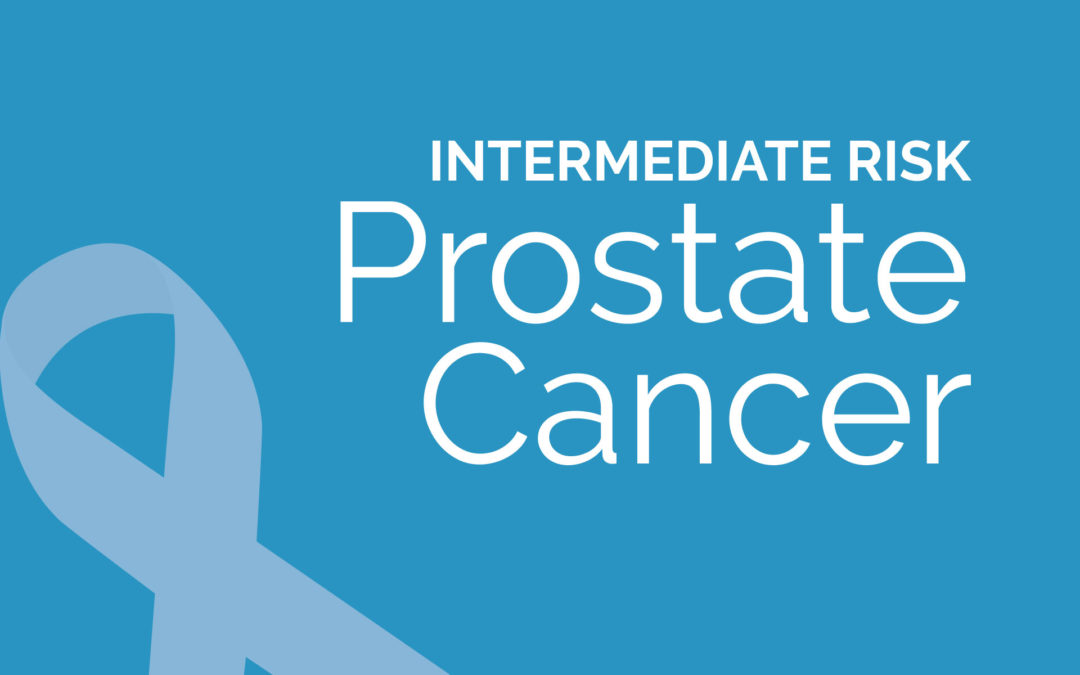
More Evidence to add Palliative Care Early!
Here is more evidence to support AnCan’s position that it is benficial to add palliative care to your medical team early for those diagnosed with T3/T4/advanced cancer.
While we question the validity of the statistical results based on the large drop-out rate that likely selects for lower overall survival, there is no question in our minds that palliative care is very helpful in manging treatment symptoms and side effects.
Onward & upwards …. rd
Participants in Early-Phase Clinical Trials Need Better Palliative Care Integration
Palliative care is an integral part of a cancer treatment plan and should not be dismissed for patients who are participating in clinical trials. In fact, data presented at the 2020 ASCO Virtual Scientific Meeting showed that patients participating in phase 1 clinical trials tended to have improved quality of life (QOL) outcomes when they received palliative care.
“We all know that ASCO now recommends concurrent palliative care by a palliative care team within eight weeks of diagnosis based on multiple randomized trials showing improved symptoms, improved quality of life, less depression and anxiety, despite increased prognostic awareness,” Dr. Thomas J. Smith, professor of oncology at Johns Hopkins Medicine, said during a pre-recorded presentation of the research.
A total of 209 patients at Johns Hopkins Sidney Kimmel Cancer Center and City of Hope received a palliative care intervention, which included two nurse-led visits to discuss physical, psychological, social, and spiritual issues, as well as advance directives. There was then an interdisciplinary team meeting to discuss each patient and make recommendations. There was also a single goals of care (GOC) discussion.
These patients were then compared to the control arm, consisting of 218 patients. However, by the end of the study, there were 112 patients who completed the intervention arm and 113 patients in the control arm. Others either withdrew or refused, were too ill to complete the study, died, or were lost to follow-up.
“In fact, the mean overall survival was 8.1 months. So that fits appropriately with palliative care and advanced medical directives,” Smith said.
The initial distress thermometer score was 3.6, “where most authorities recommend that 3 is a cutoff for an intervention,” according to Smith.
Patients provided with palliative care showed less psychological distress (average score of 1.9 in the intervention arm, vs. 1.2 in control). Though not statistically significant, the palliative care group also had a trend toward improved QOL (3.7 vs. 1.6).
Participants had high rates of symptom-management admissions (41.3%) and low rates of advance directive completion (39%). A total of 30.7% of patients used supportive care services, including hospice. There was no clinically significant change in patient satisfaction with oncology care providers, which was already high at baseline.
Ultimately, the researchers concluded that there is a need for better integration of palliative care for patients participating in phase 1 clinical trials, especially as patients move from treatment to supportive care at the end of their lives.
“Remember to always ask about symptoms and advanced medical directives, even in phase I patients because they will have symptoms,” Smith said. “And most of them want to have a discussion with (oncologists) about advanced medical directives.”




